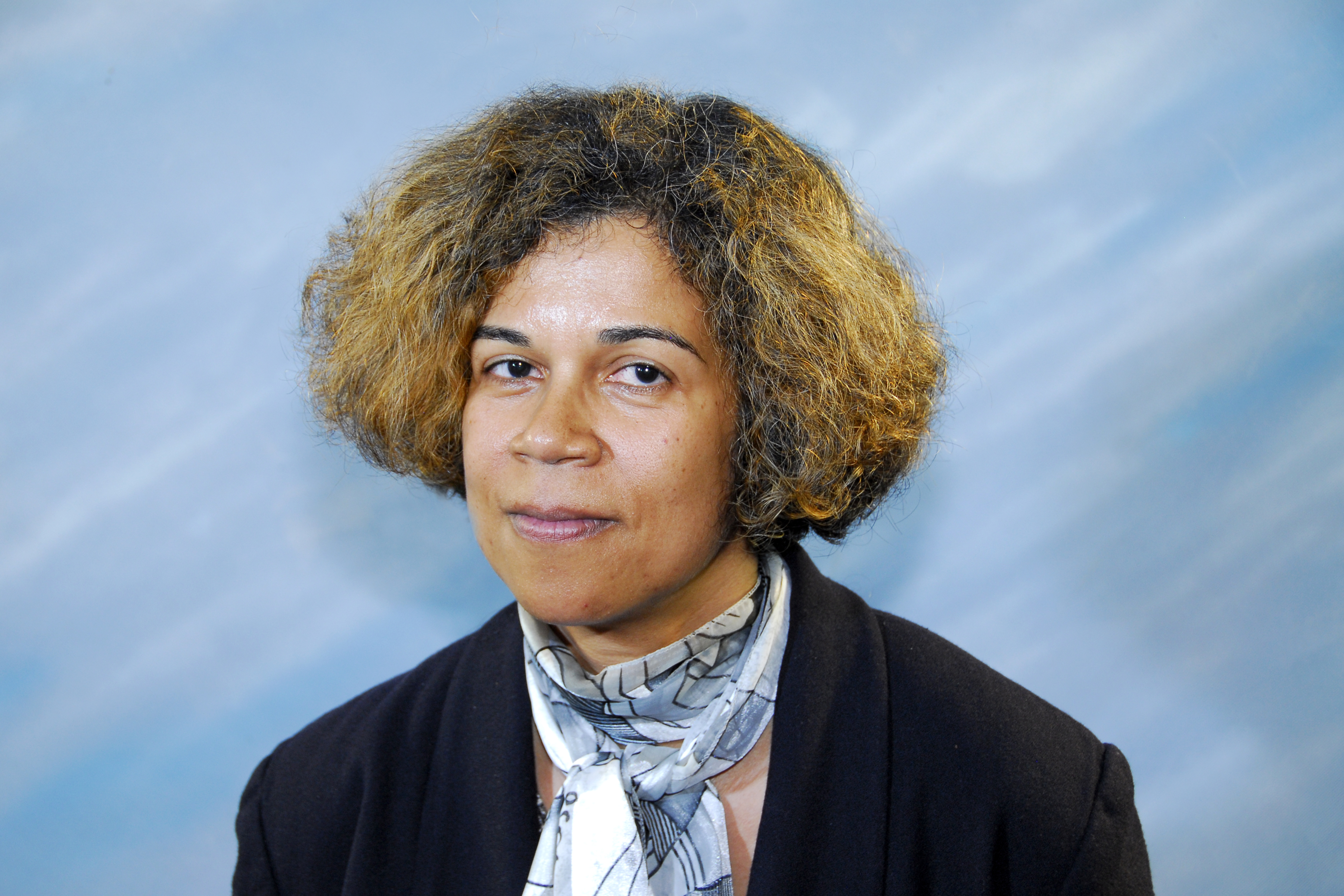By Aileen Marshall
Not all Rockefeller University (RU) scientists have a traditional career path. Some go on to teach or continue research. But some expand their horizons while still keeping science in their life. One such Rockefeller alum is Zeena Nackerdien, a research associate in Joshua Lederberg’s lab from 2000 to 2008, who went on to a diverse career in medical writing and who has recently published a novel, The Heroine Next Door, with a science theme.
Nackerdien is originally from South Africa. She got her bachelor’s degree in biochemistry from the University of Cape Town. She then earned a Ph.D. in biochemistry at the University of Stellenbosch, in South Africa, studying chromatin structure.
In 1989 she was offered the position of guest researcher at The National Institute of Standards and Technology (NIST) in Gaithersburg, Maryland, and decided to take the opportunity. At NIST she helped to identify indicators in DNA associated with free radical damage, and learned to perform capillary electrophoresis of nucleic acids. She then worked as a post-doc at Memorial Sloan Kettering for a year. Nackerdien moved to RU in 2000, where she began her eight-year stint. “Like many post-docs, I had a series of stop-and-go experimental projects that ended in frustration,” Nackerdien remembers. While in the lab she published a hypothesis with Professor David Thaler on the rearrangements of chromosomes in cancer and evolution. She also worked on bacterial growth. She described the experience as “tearing my hair out over an inability to explain the bursts of fast growth observed in rich media of a Gram-negative pathogen, Vibrio parahaemolyticus.” Vibrios are a genus of bacteria that often cause infection from eating undercooked seafood. Some strains give off light. “We showed that the growth rates of the light-emitting Vibrios could be impacted by bioluminescence-dependent- and independent-components. However, the buried headline is that some bacterial strains can double very quickly in a manner that cannot easily be attributed to artifacts,” Nackerdien said. She published a paper on this with Dr. Lederberg and Dr. Bonnie Bassler of Princeton University, an expert in quorum sensing. Nackerdien was working on cultivating other bacterial species of the microbiome not easily done by standard plating techniques. Sadly, Dr. Lederberg died in 2008. It was then that she decided to start a writing career, “I have always been a poet at heart. However, it has taken me many years, first as a medical writer, then a patient advocate, and now an author to come up with a blended style that articulates my unique spirit.”
While at RU, she was also involved in the Postdoctoral Association and Natural Selections. When asked about her memories of Rockefeller, Nackerdien replied, “My favorite memories normally include food and music. So, summer barbecues with colleagues and Friday noon concerts are number one and two on my list.”
She has since gone on to become a prolific science writer and currently writes for the Pernicious Anemia Society in New York. She has written about many science topics, from biomarkers in oxidative stress to a possible link to microbes in breast cancer. In her spare time, she has written science-themed poetry and helped write a blog for the Norwalk Museum in Connecticut. The Heroine Next Door, about a South African scientist living in New York who loses her fiancé during the attack on the World Trade Center, was published in February 2015. It follows the character’s relationships with fellow Muslim immigrants and how she eventually goes back to South Africa to help fight AIDS. What spurs a scientist to write a novel? For Nackerdien, “Having lived through so many transitions—pre- and post-apartheid years, pre- and post-9/11 era, before and after the Internet (now I am dating myself)—I wanted to capture some of these questions in the form of a new immigrant’s experience. The immigrants in this case happen to be Muslim, but they come here believing to varying extents in the American Dream. Since it is purely a work of fiction and not my autobiography, I could tailor the series of vignettes in a way that I wistfully believe people should cooperate in order to seek practical solutions to issues of importance. My middle-aged heroine gets to go home and help with the HIV/AIDS crisis in South Africa. Yes, it is fiction, but every good deed has to first spring from someone’s imagination.” Nackerdien is now working on another book, Mist Over Peace, with the themes of science, politics, and religion.

